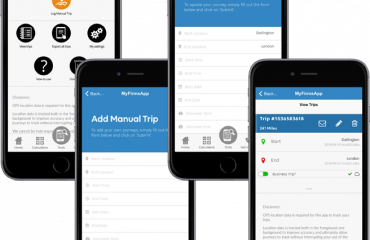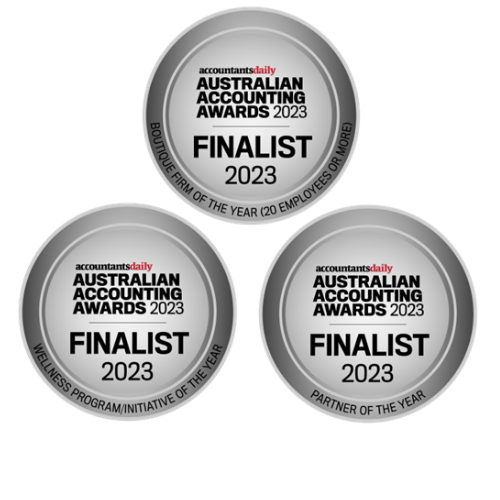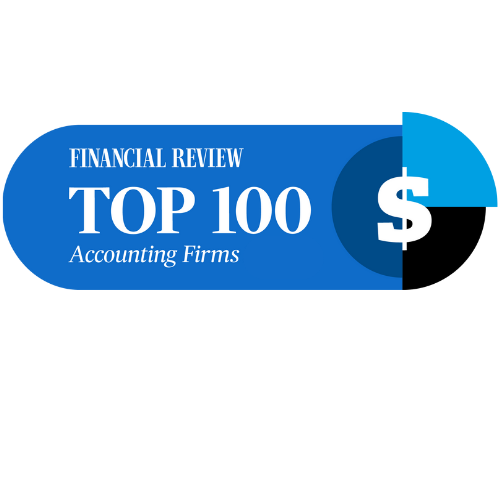By Michael Walsh, CEO of Walshs
For clients whose Self-Managed Superannuation Fund (SMSF) is in pension mode, it is important to remember that at least the minimum annual pension amount must be withdrawn from the Fund and paid to the members before 30 June, 2020.
It is preferable for the pension withdrawals to be made in at least two payments during the year (as the payments are called “income streams”).
As COVID-19 has resulted in a decline in the value of many superannuation funds, the Federal Government has halved the minimum pension percentage withdrawal requirements for 2019-2020 and 2020-2021.
| Minimum Annual Pension Payment | |||
| Age | 2019-2020 | 2020-2021 | 2021-2022 |
| < 65 | 2.0% | 2.0% | 4.0% |
| 65 – 74 | 2.5% | 2.5% | 5.0% |
| 75 – 79 | 3.0% | 3.0% | 6.0% |
| 80 – 84 | 3.5% | 3.5% | 7.0% |
| 85 – 89 | 4.5% | 4.5% | 9.0% |
| 90 – 94 | 5.5% | 5.5% | 11.0% |
| > 95 | 7.0% | 7.0% | 14.0% |
Early release of superannuation due to COVID-19
If you have been financially affected by COVID-19, you can access up to $10,000 of your superannuation in 2019-2020 and a further $10,000 in 2020-2021.
Applications can be made from mid-April and the amount withdrawn is tax-free.
To be eligible for the early release concession you must be either:
- Unemployed and receiving the Jobseeker or Youth Jobseeker allowance.
- On or after 1 January, 2020, made redundant, had your working hours reduced by 20% or more or you were a sole trader and your business was suspended or your turnover was reduced by 20% or more.
Recontribution to superannuation
Due to the dollar value of the Fund, for some clients the minimum pension withdrawal amount may be in excess of what they need to live etc and they would like to recontribute the excess (either with non-concessional contributions or concessional contributions) to keep the money in the tax-effective superannuation structure.
If your total superannuation balance (from all your funds) is a combined $1.6million or more, you cannot make any further non-concessional contributions.
Contributions rules for 2019-2020
Non-concessional contributions:
- If you are aged under 65, there is no restriction on contributing to your superannuation fund, however there is a dollar value limit of $100,000.
- Members under age 65 can use the “bring forward” rule to contribute up to $300,000 in one year. Limits then apply for the next two years.
- Members aged 65-74 can only make non-concessional contributions up to $100,000. They are not able to make use of the “bring forward” rule and must pass the work test.
Concessional contribution rules (age <65 years):
- The maximum concessional (tax deductible) contribution amount per year is $25,000.
- It is now possible for a member to “top up” and make personal concessional contributions as well as receive employer SGC 9.5% contribution, provided the total maximum contributions from both sources are not more than $25,000. Self-employed and other non-working people can make concessional contributions up to $25,000.
- Again, for members aged 65-74, the work test must be passed.
Work test for aged 65 and over:
- If a member is aged 65-74 they must pass the work test to make non-concessional and concessional contributions. The work test requires the contributor to be “gainfully employed” on at least part-time basis and work at least 40 hours in a period of 30 consecutive days in each financial year they wish to make the super contributions.
Catch-Up concessional contributions
The ability to make “catch up” concessional (tax deductible) contributions applies to people whose total superannuation balance was less than $500,000 in June 2019.
This means that if you were not able or did not make the maximum concessional contribution of $25,000 in 2018-2019, then you can now carry forward any unused concessional amount for up to five years.
The new rules are particularly useful for anyone who has been out of the workforce (e.g. maternity/paternity leave) or for people approaching retirement wanting to maximise their retirement savings and minimise their tax.
The rule can also be useful if you have a sudden increase in taxable income and you have not previously maximised your concessional contributions.
If you are aged 65 and over, the normal work test rules apply.
Superannuation Downsizer Scheme
Under this scheme, eligible individuals who are 65 and older may be able to make a contribution up to $300,000 into their superannuation from the proceeds of selling their family home.
To be eligible to make a downsizer superannuation contribution, you must meet certain requirements:
- Be aged 65 and over (there is no maximum age limit).
- The amount contributed must be from the proceeds of the sale of your main residence and must be contributed within 90 days of receiving the sale proceeds.
- The property must have been owned for at least 10 years and been your main place of residence at some point in time.
- If the home that was sold was only owned by one spouse, then the spouse who did not have an ownership interest may also make a downsizer contribution if they meet all of the other eligibility requirements.
- Depending on cash flow needs, the catch up could be used through salary sacrificing – reducing your taxable salary and contributing more to superannuation.
Common mistakes in running a SMSF
- Using the SMSF funds /money for personal or business purposes, especially in times of financial hardship.
- Investments made are not properly recorded in the SMSF’s name.
- Failing to pay at least the minimum pension amount if the fund is in pension mode.
- Not keeping (for at least 10 years) proper records of the fund’s activities, including trustee minutes/resolutions, details of asset purchases and sales and member applications.
- Failure to have appropriate insurance cover for members, if the trustees consider it necessary.
- Failure to plan for the death or illness of a member.
- Forgetting that assets must be valued at market value at 30 June each year.
- Failure to consider the liquidity of the fund to pay expenses, pensions, etc.
If you would like any more information on the operation of a SMSF or advice on any other matters related to superannuation or the Coronavirus pandemic, contact Walshs on 07 32215677 or email your relevant partner.








